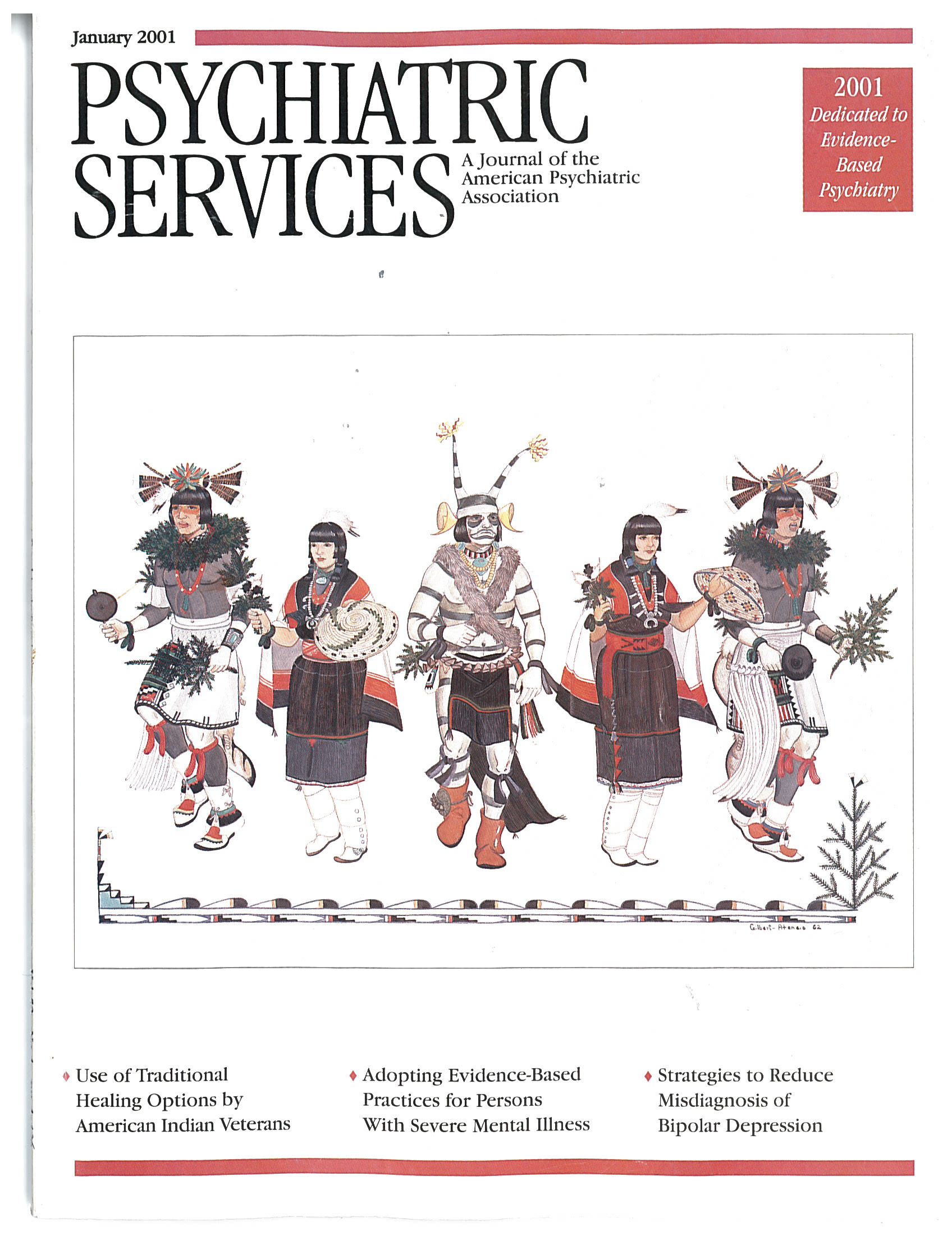Changes in Insurance Coverage and Extent of Care During the Two Years After First Hospitalization for a Psychotic Disorder
Abstract
OBJECTIVE: This study examined changes in insurance coverage during the 24 months after first admission for a psychotic disorder and the relationship of insurance type to the extent of care. METHODS: The sample consisted of 443 persons who were enrolled in the Suffolk County (New York) Mental Health Project. Information about coverage—private insurance, Medicaid-Medicare, or no insurance—was obtained from hospital records and interviews. The insurance status groups were compared to examine differences in the percentage of days they received inpatient, outpatient, and day hospital care. Results and CONCLUSIONS: The proportion of persons with no insurance decreased from baseline to 24 months, from 42 percent to 21 percent. The proportion of persons with private insurance remained similar, 42 and 37 percent. The proportion of those with Medicaid-Medicare increased from 15 percent to 42 percent. Of those with Medicaid-Medicare at baseline (67 persons), 88 percent had such coverage 24 months later. Of those with private insurance at baseline (188 persons), 73 percent had the same coverage 24 months later. Of those with no insurance at baseline (188 persons), 35 percent had no insurance at 24 months, 54 percent had Medicaid-Medicare, and 11 percent had private insurance. Over the 24 months, the Medicaid-Medicare group had the most days of care, the private insurance group had the least inpatient care, and those with no insurance were least likely to receive outpatient care. There was a linear relationship between receiving more outpatient care and spending less time in the hospital and the day hospital.



